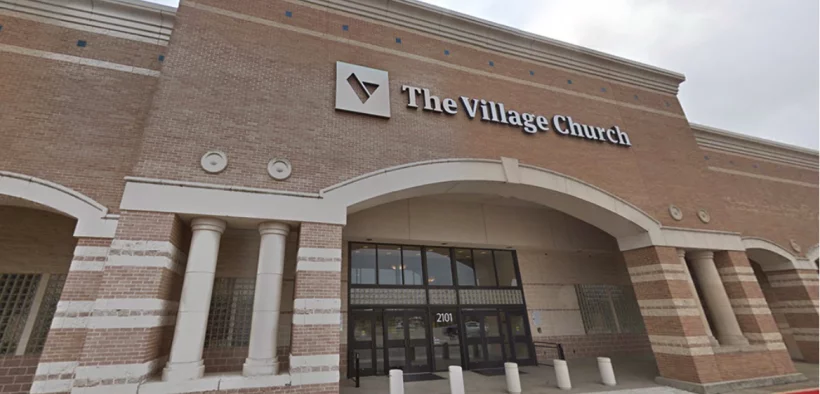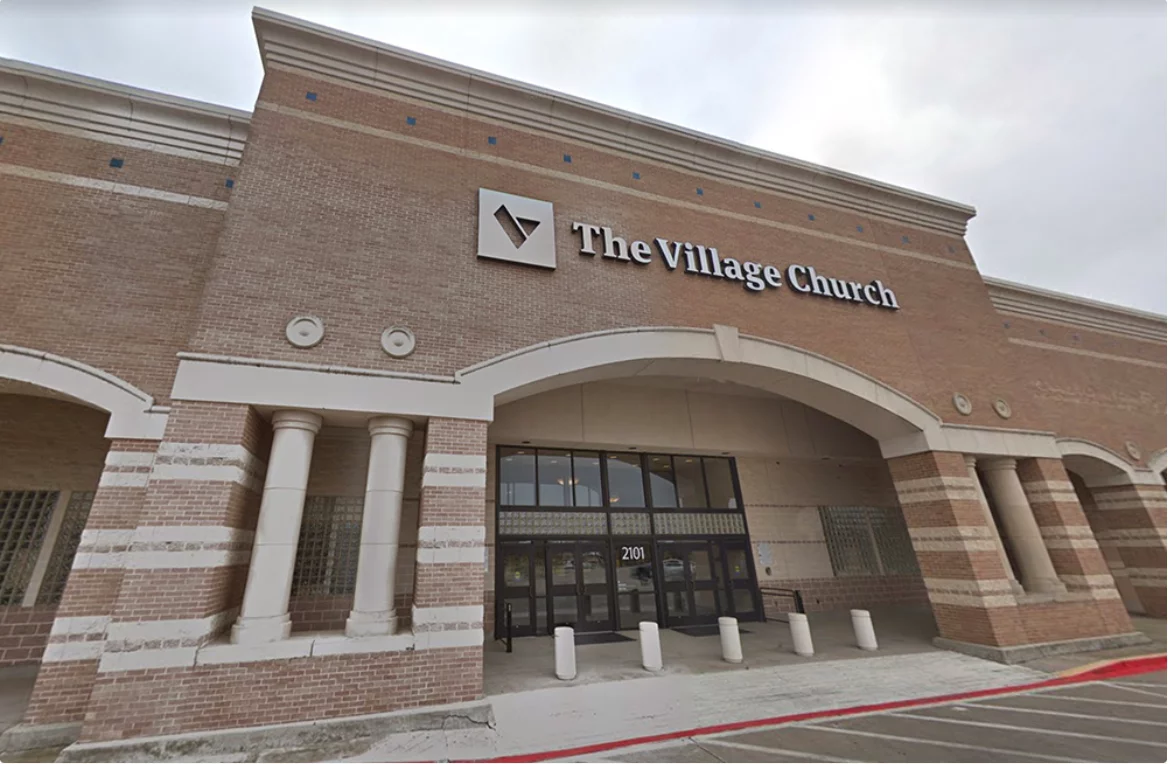The Village Church Completes Transition Away from Multi-Site Model

In 2017, The Village Church in Flower Mound, Texas, led by Pastor Matt Chandler shifted directions. It determined to spin off its multi-site locations into independent congregations in a move it named “Multiply.”

In July of this year, the last of the sites became its own independent congregation.
According to one of the lead pastors, Josh Patterson, The Village Church had become a large multi-site church, sometimes with 15,000 people attending services each weekend.
“We spent a lot of time managing the complexities of the multi-site model,” he told MinistryWatch in an interview. Transitioning allowed them to shift their focus “toward church planting and raising missionaries.”
But transitioning five locations into separate congregations was no small undertaking. Patterson described a complex process that involved identifying pastors, leadership, and membership for each congregation.
Campuses voted on whether they wanted to become independent congregations, and the membership voted overwhelmingly in the affirmative, with most voting over 90% to spin off, Patterson said.
Campus pastors were not automatically chosen as each church’s new lead pastor. Additionally, The Village Church worked to ensure each congregation had healthy, functioning elders, deacons, and staff.
Access to MinistryWatch content is free. However, we hope you will support our work with your prayers and financial gifts. To make a donation, click here.
“There were a thousand detailed steps in unwinding each campus,” Patterson explained, including many operational aspects such as new incorporation documents, bylaws, name change documents, and website development. It also included transferring assets to the new congregations.
Besides those, each campus received spiritual training and development and had its own individual needs in theological training and “gospel competence,” he added.
The campus in Denton became its own congregation in 2015 before the Multiply strategy was adopted. Once it transitioned, Patterson said the vision of The Village Church leadership shifted from “if” to “when” other campuses would be unwound.
“We needed a time frame so the process didn’t linger, but we needed enough time to do it responsibly,” Patterson said.
In August 2019, the Plano campus became Citizens Church. In October of the same year, the Dallas campus became Northway Church.
“We dropped from an annual budget of $22 million to $12 million within those two months,” Patterson added, noting that it came with its own set of challenges.
In January 2021, Fort Worth’s campus became Redemption Story Church. Then in July 2021, Southlake’s campus became Restoration Church.
Each is a completely separate entity that no longer has formal ties to The Village Church in Flower Mound.
“There is sadness in the gospel good-byes, but it is worth it,” Patterson said, adding that there have been hardships, but also blessings.
Northway Church in Dallas was hit by a destructive tornado just three weeks after the transition was completed, flattening its sanctuary.
“We offered to help, but ultimately they had to decide how to proceed,” Patterson offered. “Through that trial, they’ve grown.”
He likened it to launching a young adult child from home into adulthood. “It may come with anxiety and tangible struggles, but I don’t think any would go back to being a campus.”
Brent Hill from Restoration Church in Southlake has seen many benefits to the Multiply process.
“It has given us the ability to launch into ministry in ways that we simply could not have done if we didn’t have the funds that the multiply campaign provided. We can think about the future plans for our congregation as we expand and grow,” he replied to an inquiry by MinistryWatch.
“The greatest benefit is that a local congregation is being pastored by the people that know them. This means the pastors can actually care for, counsel, admonish, equip, pray for the people who they worship with each weekend,” said Adam Hawkins of Citizens Church in Plano. “The Church was always intended to be an embodied group of people, cared for by elders and ministers who know them. Multiply allowed each campus of the Village to do just that.”
Both said that their congregations had a very positive reception to the process.
Hawkins acknowledged there were challenges to unwinding a 1,400-member congregation from The Village Church.
“Our leadership needed to learn how to lead on their own. That was hard. Learning to walk out and lead convictionally rather than taking our cues from the central campus was hard. Saying goodbye to [The Village Church] and its leadership, who we love and who we trust, and who so generously guided and equipped us over the years, that was hard,” he said.
The Village Church has shifted vision to church planting and revitalization all over the United States. They have started a church plant residency that had four pastors in training this year and already has residents lined up for training next year, Patterson said.
“I wouldn’t want any multi-site churches to think we are against them. We believe convictionally that this is the direction we were supposed to move,” Patterson stated.



